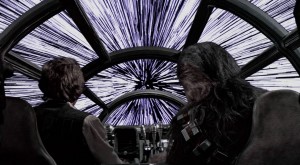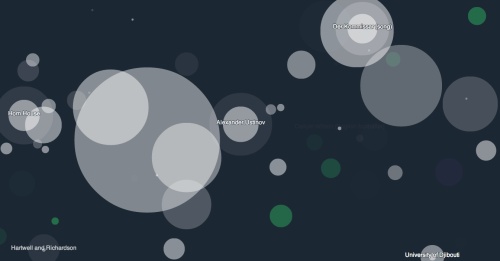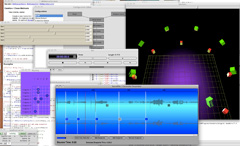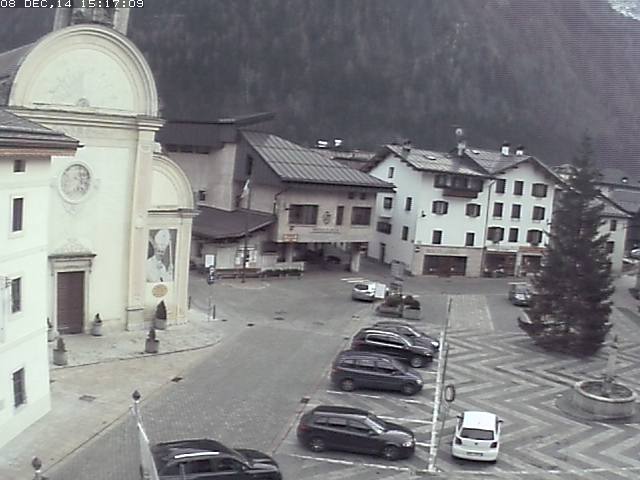 Ben Burtt, sound designer, spiega come è stato creato il suono, in parte comico, del malfunzionamento dell’iperdrive del Millennium Falcon in Star Wars.
Ben Burtt, sound designer, spiega come è stato creato il suono, in parte comico, del malfunzionamento dell’iperdrive del Millennium Falcon in Star Wars.
Il suono in questione è il missaggio di otto suoni diversi, quasi tutti prodotti da false partenze o spegnimento di motori o ingranaggi. Il che dimostra, ancora una volta, che, per fare il sound designer, non serva poi essere degli esperti in tecnologie, quanto essere creativi e soprattutto aver passato così tanto tempo ad ascoltare e sperimentare con il suono da riuscire a capire quale effetto può fare un certo suono, magari iper-amplificato o con la velocità cambiata.
In effetti, in questo esempio, la tecnologia arriva, al massimo, a un mixer e a un registratore a velocità variabile. E di questo è fatto il 98% degli effetti cinematografici più famosi (in Star Wars fa eccezione il suono di R2D2 creato con un sintetizzatore analogico ARP 2600).
Ben Burtt ha creato quasi tutti i suoni di Star Wars mediante missaggi. Per la voce di Chewbacca, per esempio, ha registrato centinaia di suoni di orsi, trichechi, leoni e altri animali. Poi ha cercato di catalogarli in base alle emozioni che trasmettevano e fondendoli insieme, ha creato il linguaggio di Chewbacca.
È interessante, poi, sentire come ha creato il famosissimo suono della spada laser:
Burtt said he could “hear the sound in his head.” At the time, he was still a graduate student at USC and was working as a projectionist. The old projector had an interlocked motor which, when idle, made a “wonderful humming sound.” Burtt recorded it, and it became the basis of the lightsaber sound. But it wasn’t enough — he needed a buzzing sound, and he actually found it by accident. Walking by television set with a live microphone, the microphone picked up the transmission from the unit and produced a buzz. Burtt loved it, recorded it, and combined it with the projector motor, creating a new sound that became the basic lightsaber tone. To achieve the aural effect of a lightsaber moving, he played the hum out of a speaker and waved a microphone by it; doing so created the fascimile of a moving sound, and in this case, the sound of a Jedi or Sith wielding a weapon in battle.
Il tutto fa pensare alla vecchia conferenza di Stockhausen su scoperta e invenzione, la cui essenza è che in campo musicale (e sonoro), alcune cose accadono perché sono state progettate, mentre altre si scoprono per puro caso, spesso lavorando a qualcos’altro.





